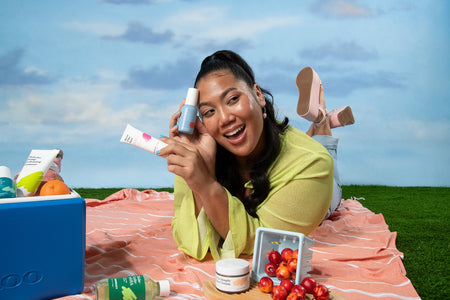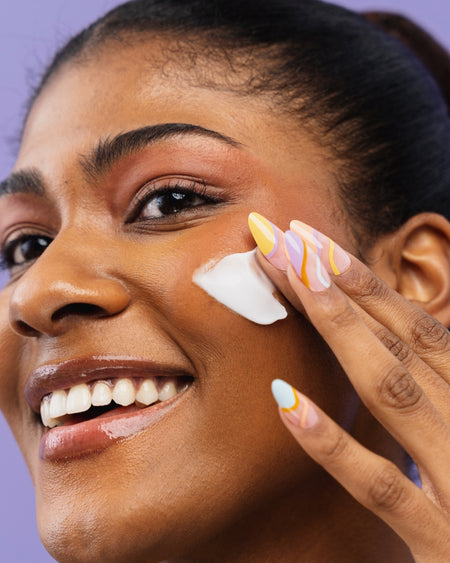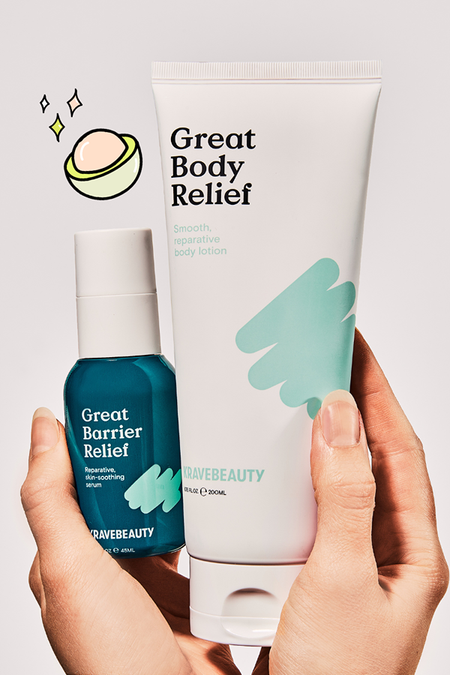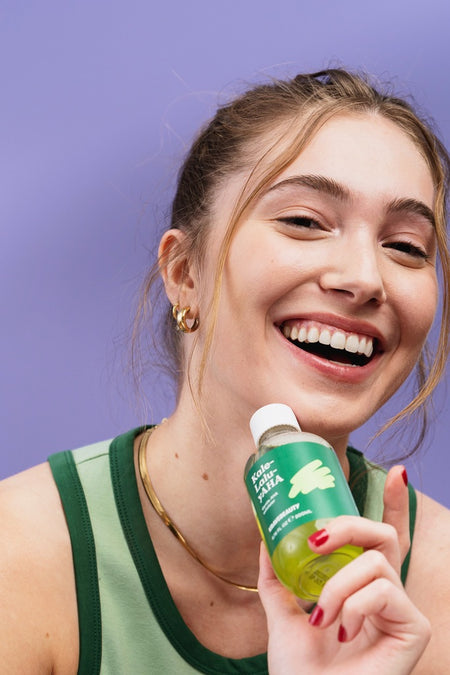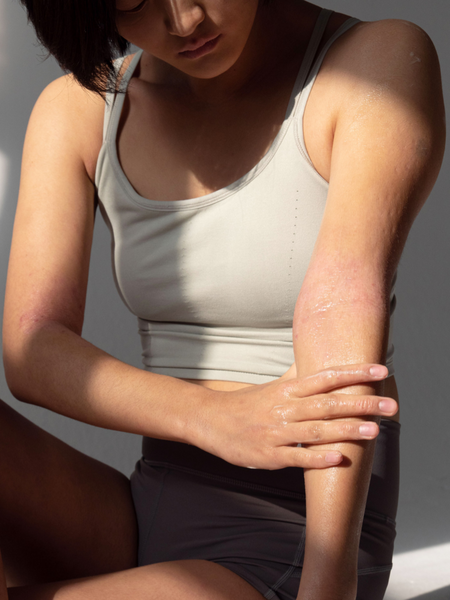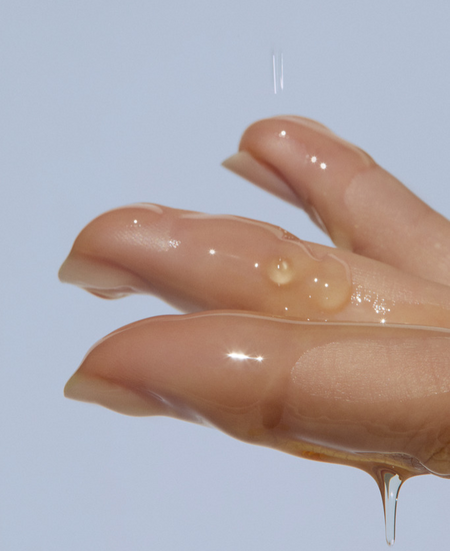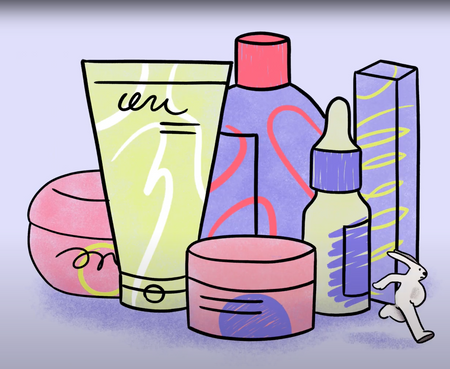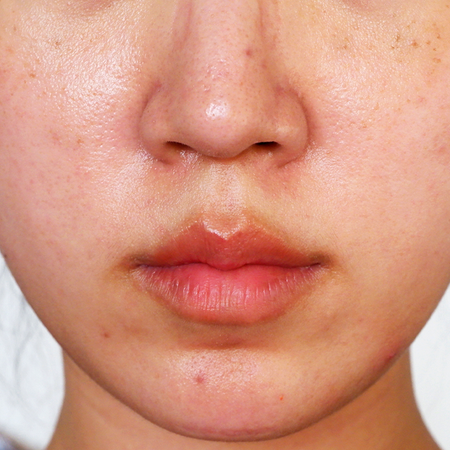Welcome back to our acne series! If you haven’t caught our first post demystifying what acne is once and for all, be sure to check it out! This week we’re going over how to tackle our acne from above AND below.
For the longest time, we’ve been given a lot of generic acne advice, like “wash your pillowcase”, “avoid dairy,” etc. While there’s some wisdom to it, many of us don’t really understand why these solutions work or might not work for acne. The lack of this understanding makes it hard to pick and follow a certain regimen.
To get to the bottom of this, let’s go through each type of inflammation in more detail and see what can be done to combat them.
1) Your pores are clogged, and it doesn’t get better
There are three things that might be causing this type of reaction:
Your skin is not renewing and/or detaching properly
Cause: Baby cells start at the bottom layer of your skin and move outwards as they age. The oldest skin cells (most commonly known as dead skin cells) simply detach themselves to make room for new ones. Everyone has a natural rate of shedding their dead skin cells, but in some people the rate of shedding is lower than the rate of renewal which causes your pores to get clogged.
Solution: The best way to combat this is to treat your acne with gentle exfoliator such as AHAs (i.e. our Kale-Lalu-yAHA) or retinols/retinoids. These substances increase skin cell turnover and help to reset the tempo of the renewal process.
Your pores won’t let the gunk out
Cause: Contrary to what you might think, pore size has nothing to do with the pore clogging potential of your skin. However, the type of lipids your body produces does. Your sebum may be really gloopy and solid, so it can’t easily move out of the pore. Whereas if the sebum is very liquidy, it can pour out of even a very small opening.
Solutions: There are two things you can do to solve your problem. First, you can try to clear your pores by using salicylic acid or clay products. Remember, these are drying and can cause oil over-compensation from your skin, so use them in moderation, and no picking or squeezing, please!
Second, you can try to make your sebum less gloopy by supplying topical linoleic acids such (i.e. from safflower oil or rosehip seed oil), as well as by including healthy fats in your diet. Your body needs these building blocks from your food so that it can build the types of lipids that are good for you.
You are producing too much excess oil
Cause: There are a million reasons your skin could be over-producing oil: overheated skin, overdried skin, hormone imbalance, stress, excess consumption of dairy (the signals in dairy tell our body through insulin and hormones, to increase sebum production and inflammation).
Solutions: The reasons are so vast that this topic deserves its own blog post! Let us know in the comments whether you would like us to tell you more about that, and don’t forget to mention if there are any other common reasons for excess oil production we might’ve missed!
2) Bacteria starts taking advantage of the food supply
Cause: Clogged skin cells and excess oil are the favorite foods of acne-causing bacteria. When they invade the clogged pore, the body recognizes it as an infection, and attacks the bacteria. This attack results in inflammation.
Solutions: Keeping your skin barrier and acid mantle intact is vital to combating this issue. Your skin barrier will naturally protect your pores from these types of bacteria, so using pH-balanced cleanser like our Matcha Hemp Hydrating Cleanser is important and protecting yourself from within by keeping a healthy body microbiome!
You can also avoid this issue by not touching your face too often. There is plenty of harmful bacteria and germs on your hands, so you can decrease the chance of them finding a food supply on your face by not touching it.
A more aggressive way to tackle this issue is by using benzoyl peroxide or antibiotics. These remedies kill the acne-causing bacteria, but can also cause disruption and injury to the microbiome and in the long run will not help you prevent future re-occurrences.
3) Your skin and body comes to the defense
Cause: We mentioned in our skin-body relationship blog post that there is a huge correlation between systemic (whole body) inflammation and your skin’s local inflammation. If your body is on alert mode from being inflamed in the gut or other places, it can overreact when faced with the bacteria in your pores. It will start sending immune cells (defenders of the body) to that area of the face because it feels threatened and feels the need to protect it. That is the redness and also the yellow or white pus that you see.
Solutions: Maintaining low levels of inflammation through a good diet and low stress levels and a healthy lifestyle helps the body stay calm when challenged.
In modern society, most people are obsessed with everything clean, sterile and sanitized, which is actually causing many people’s immune systems to be hyperreactive since they are not exposed to enough microflora. This is a complicated issue and is best trained at a young age, but you can always start improving the situation now by not over-washing or over-sterilizing your hands, as well as not over-sterilizing your surroundings through harsh cleaning products.

 Matcha Hemp Hydrating Cleanser
Matcha Hemp Hydrating Cleanser Oat So Simple Water Cream
Oat So Simple Water Cream Beet The Sun SPF 40 PA+++
Beet The Sun SPF 40 PA+++ Great Barrier Relief
Great Barrier Relief Kale-Lalu-yAHA
Kale-Lalu-yAHA

